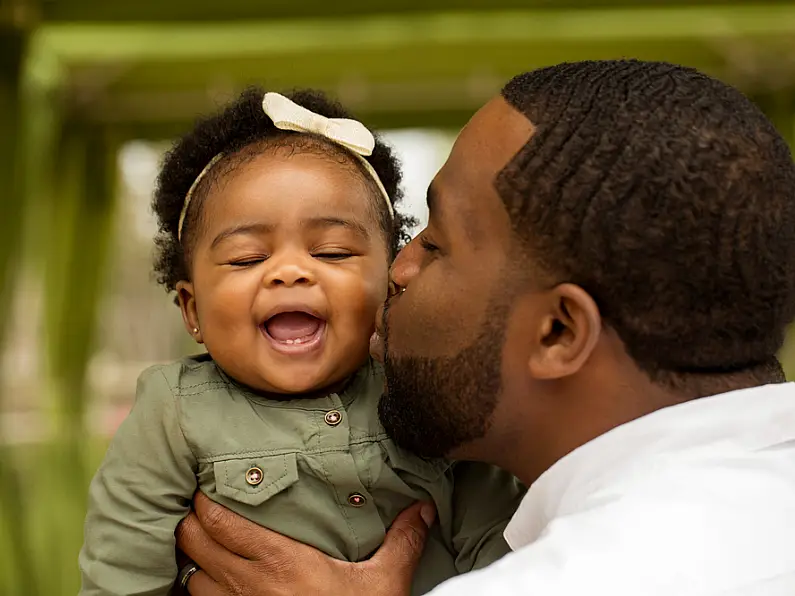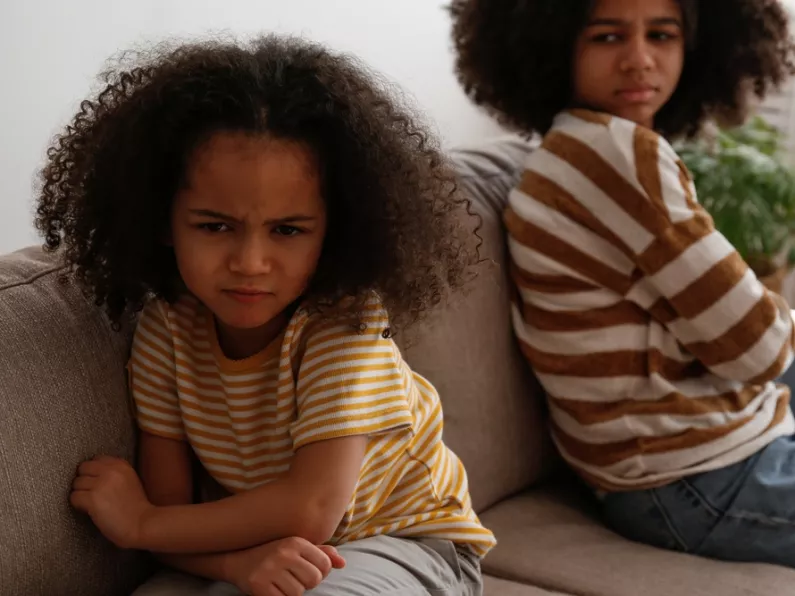The Government has reversed its decision for child seats and belts to be mandatory for children under 12 years old travelling on public transport.
Minister of Transport Audley Shaw announced the changes to the recently-enacted Road Traffic Act 2018 during a statement in the House of Representatives on Tuesday.
It came after national outcry from public transportation operators and parents.
Government drops child seat rule in taxis and buses
- In the case of licensed public passenger cars or buses, children under one must be restrained by an adult.
- Children 1-3 years old are now allowed to travel with no restraint or be restrained by an adult.
- Those aged 3-6 may travel without restraint, restrained by an adult or a lap belt.
- Additionally, children aged 6-9 will now be allowed to travel without restraint or with a lap belt.
- Children over 9 years old may travel without restraint, with a lap belt or a three-point seatbelt.
- In addition, where an adult is restraining a child, the adult should not be in the front seat.
Weighing up the risks
Explaining the move, Minister Shaw said: "The risk of the inability to access transportation services may exceed the risk associated with travel without using a child restraint system, and in this regard, the rules applicable to public transport vehicles will have to be less stringent than those for private vehicles."
In licensed taxis and buses, children are allowed to travel without restraint but where a lap belt is available, it should be used.
If a child is of the size to use an adult belt, this may be used if available. In all instances, the driver must wear a seatbelt, whether operating privately or as public passenger vehicles.
“Only children who are of the weight and size to use an adult seatbelt are permitted to travel in the front passenger seat,” said Shaw.
Protection of the child
“In addition, where an adult is restraining a child, the adult should not be in the front. Children under one year old are to be restrained by an adult in all forms of transport."
He noted that the legislation seeks to mandate actions to protect children as best as possible from the effects of a collision.
“We are, however, aware that, in some cases, a compromise has to be made when the practical realities are taken into account.
“The realities of our public passenger transportation system and how it operates will place an undue burden on parents whose children need to travel in public transportation, whether accompanied by an adult or not."









